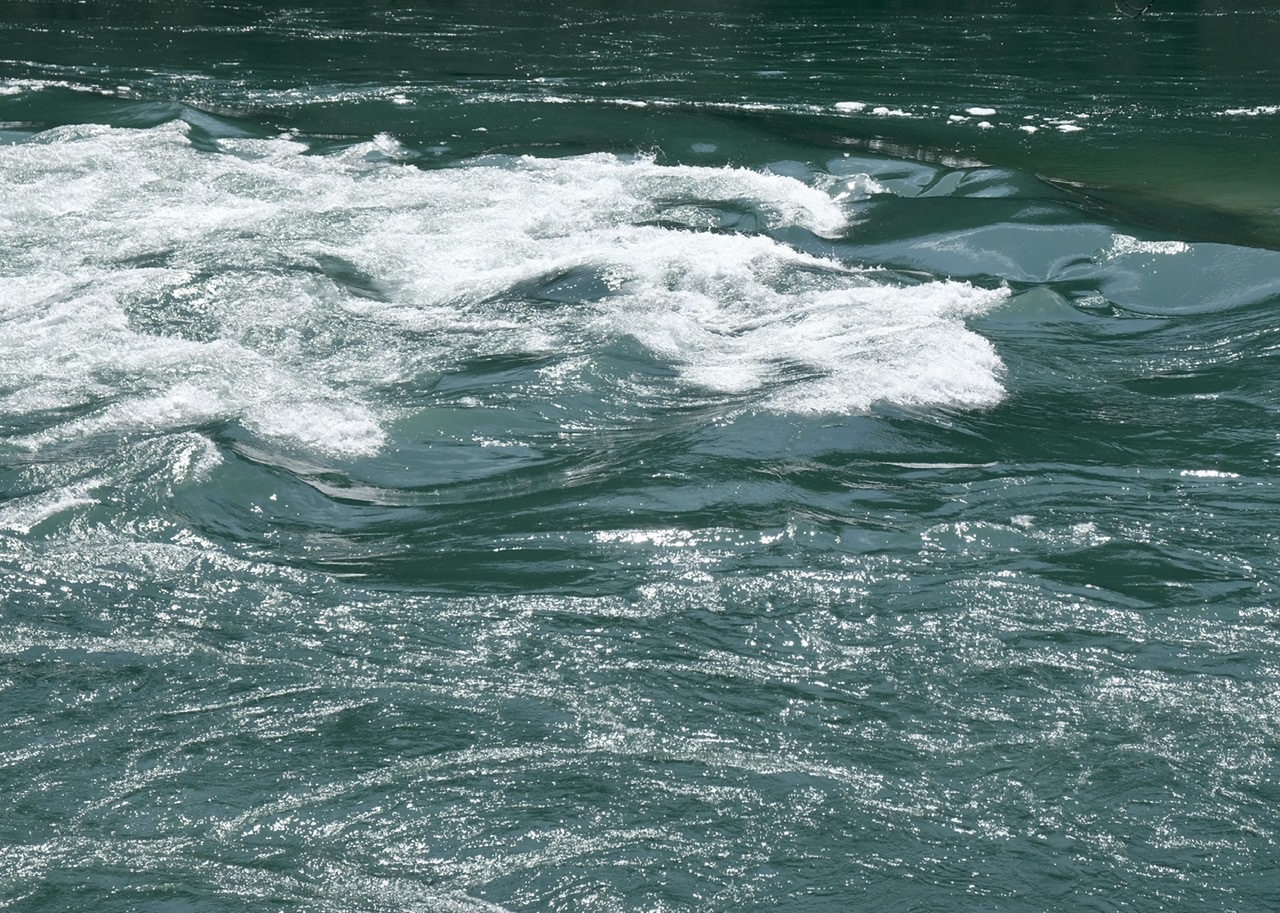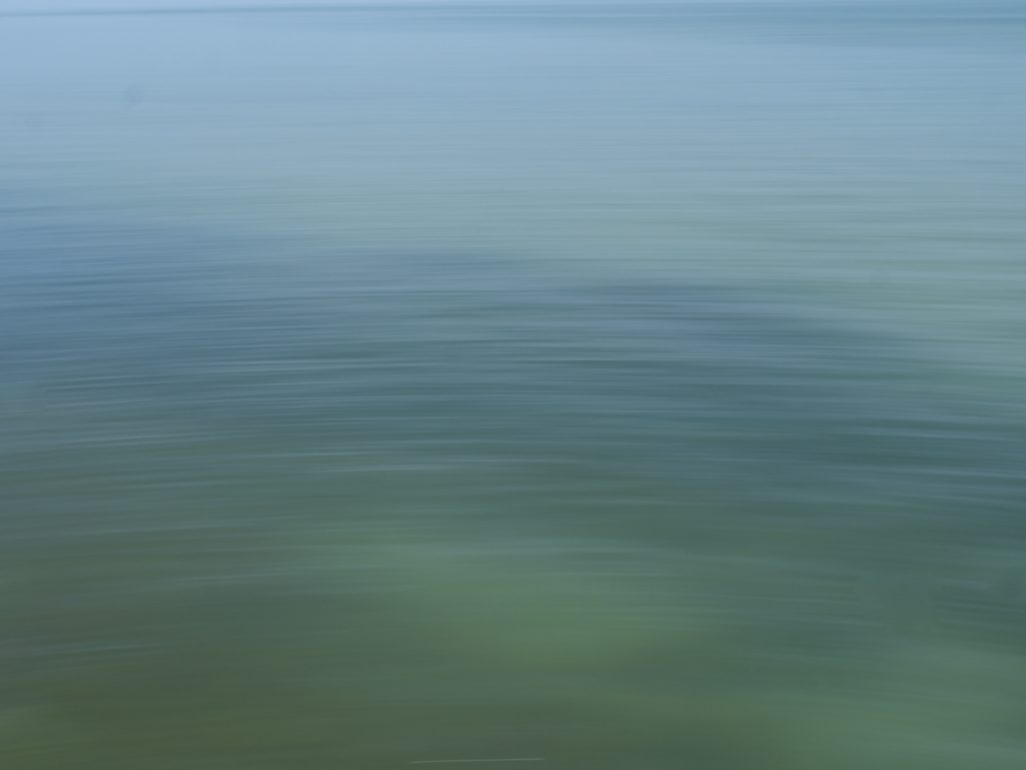
Many of us are still mostly confined to home due to the worldwide pandemic. While we may be connected virtually to friends, family, and work we’re disconnected physically. This lack of physical touch is hard on everyone, including me. For six weeks, on each Monday beginning May 2nd, I’ll offer a prompt to help you get “in touch” with the place where you live, to cultivate a deeper connection. These prompts are based on the Place workshop I offered last year. For this second week, let’s focus on water – and how it flows through your watershed.
Your Watershed
The Earth is 70% water. Your body is 60% water. We all need clean water to survive physically and mentally. That’s why many towns and cities are intentionally built near a water source. This week, let’s get to know your place in terms of the way the water flows. This is your watershed – a region of land in which the water drains into a particular body of water, eventually draining into an ocean or sea.
Precipitation comes in the form of rain, sleet, hail, mist, fog, or snow falling from the sky. As it lands, a never-ending cycle goes on. From the high ground or upstream area of a watershed (the headwaters), these drops of water make their way downhill, through creeks, streams, rivers, ponds, lakes, marshes, bays and estuaries. The size of a watershed, and the speed, direction, and flow of its waterways, is determined by landforms. High ground, such as mountain ranges and hilltops, directs the path and speed of water flowing downhill, as well as forming the boundaries between watersheds. Within larger watersheds, there are smaller ones. For example, I live within the One Mile Creek watershed, one of many within the larger Lake Ontario watershed.
Each watershed comprises an ecosystem – a community of living and non-living things. Your watershed is home for many living creatures, including yourself. We all depend on this continuous cycling of water and nutrients through ecosystems. There are also ecosystems within ecosystems. For example, a creek has its own aquatic ecosystem. For this week, though, we’ll just focus on how the water flows.
Questions to Consider (optional)
If you’re confined to home, here are some questions to research. This is optional but may enhance your experience of the water in your place.
Find a map of the boundaries of your watershed. What are its highest and lowest points?
Most areas have watershed report cards. How is yours graded? What’s being done to address issues? Look at toxic inflows and water levels.
Are there places to swim safely? Are the fish safe to eat?
What is the quality of the tap water in your area?
Trace it’s flow from your home to the ocean.
When you flush the toilet, where do the solids go? What happens to the waste water?
**Note:** Thanks to Kevin Kelly for some of these questions.
What to Do
Knowledge is good but the purpose of these exercises is to experience, to feel a connection. If you can’t leave your home or go far, just relate to water where you can. While washing your hands (frequently), taking a bath or shower, watering plants, or doing the dishes. Drink 8 glasses of water during the day and note how you feel. Just be mindful of water. If you can go out, here are some ideas. Choose one or all.
Map your watershed and then walk as much of it as you can. Visit it’s highest and lowest levels and spend time in each. How are they different? Get your feet or hands wet. How does it feel to think of your place in terms of how the water flows than how the roads flow?
Conserve water as much as possible this week. Notice every time you use water in your home this week.
Visit a creek, stream, pond, or lake and sit for awhile. The edge of a creek is called a riparian buffer. The plants growing on that edge not only need the water to grow but also contribute to the water quality. They slow the flow of water over the land. They provide habitat for other creatures and serve as filters for chemicals, pesticides, and bacteria. I found a post about the best native plants for my One Mile Creek watershed, depending on climate conditions. Which led me to the best native plants for my area in general. It’s one thing to learn this type of information in a book or through a google search and quite another to experience it for yourself. Is there a creek or stream where you can go and sit for awhile? To listen and notice? To just be? What sounds do you hear? What aquatic life do you see? Can you identify any plants in or beside the water? How does it all work together? Write, draw, or photograph at your spot.
Photograph Waterscapes. I love to see how water constantly changes, in colour and movement. I’ve taken many photographs of waterscapes over the years and I store them in an album. You can do this with any body of water, even a nearby creek or puddles on the pavement. It’s mesmerizing and fascinating.
Water for Health’s Sake
Is water therapeutic for you? It is for me. One of my favourite books about water is called Blue Mind by Wallace J Nichols. It’s about about how water naturally makes us feel awe and wonder. Nichols backs this up with numbers and facts, biology, and neurochemistry. I love being near or in any kind of water, but especially the oceans and the Great Lakes. It makes me feel happy, calm, and connected, what Nichols calls “blue mind.” This mindset is what gives us a sense of responsibility towards keeping our water sources healthy.
In my area, there is an organization called Lake Ontario Waterkeeper, which is devoted to protecting the lake. They started a project called My Watermark, where people can write (or share a video) about their watermark (wherever that may be in the world). Read some examples at the site. Where’s your watermark? Is there a river, creek, or stream in your life with which you’ve had a special relationship? Write about how your watermark makes you feel and what it means to you.
How healthy is your water? Did you find a watershed report card for your area? I found a 2018 watershed report for Niagara and it showed grades of B for groundwater quality, D for surface water quality, D for forest conditions, and B for wetland cover. For my particular One Mile Creek watershed, the scores were F for surface water quality, forest conditions, and wetland cover. Yikes! You can bet I’ll be delving more into this.
What are the benefits of healthy watersheds? They provide safe drinking water and food. They enable us to adapt to the impacts of climate change by cooling the air and absorbing greenhouse gas emissions and they provide natural areas for people to keep active and recharge. A healthy watershed conserves water, promotes streamflow, supports sustainable streams, rivers, lakes, and groundwater sources. It enables healthy soil for crops and livestock, and also provides habitat for wildlife. A healthy watershed can also produce energy and supply water for agriculture, industry and households. Source: Watershed Checkup
It behooves us all to know the state of our water. You can sign up for an email list to keep updated or get directly involved. Water quality affects every living thing.
Share your photos and experiences of your watershed wherever you post and use the hashtag #discoveryourplace.
